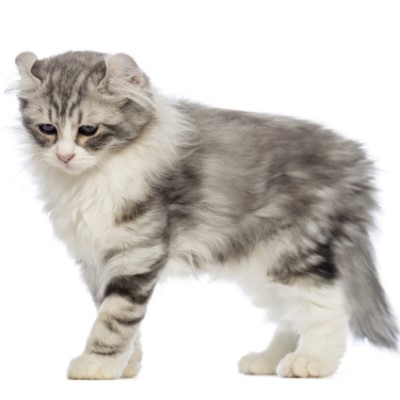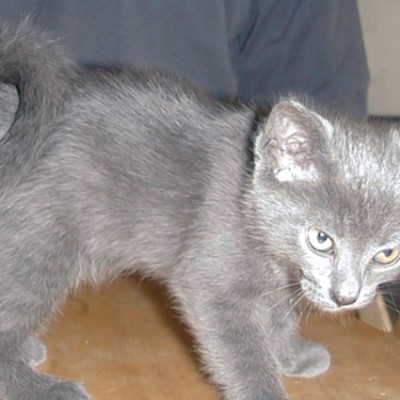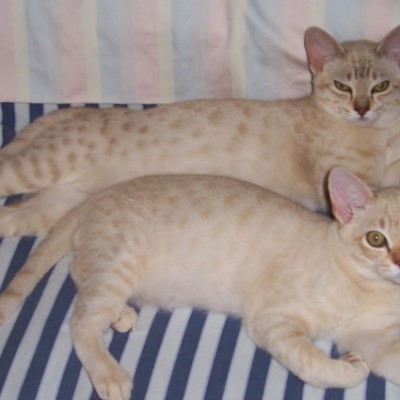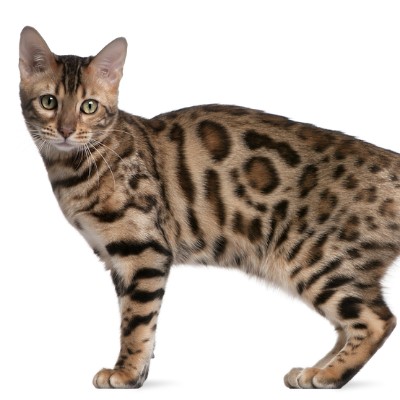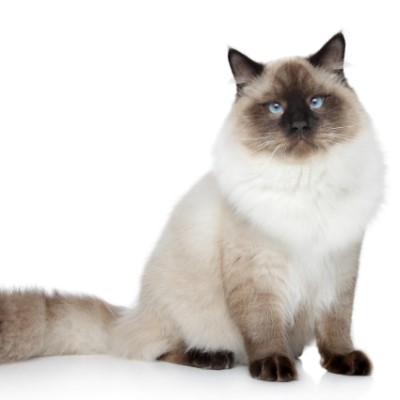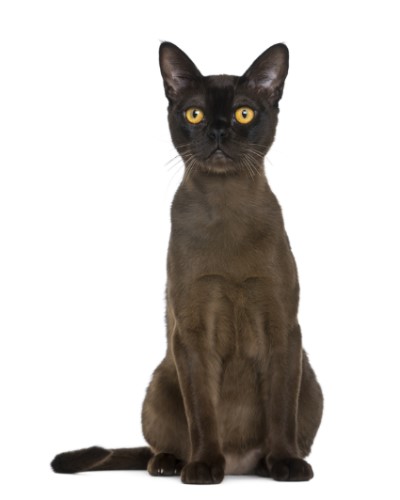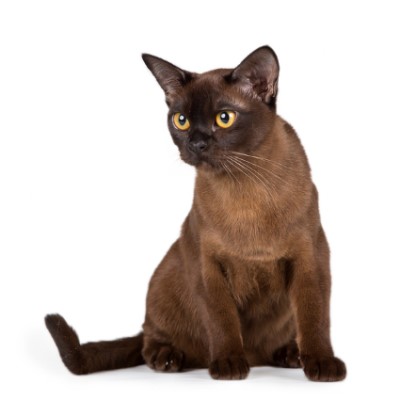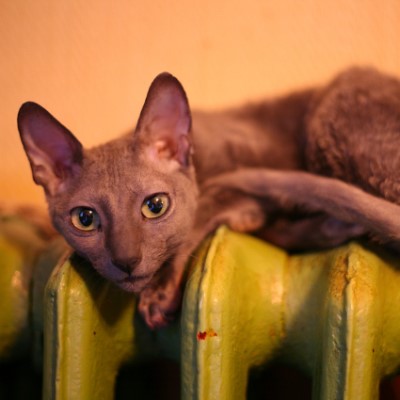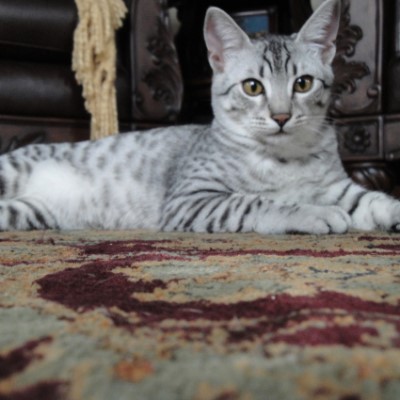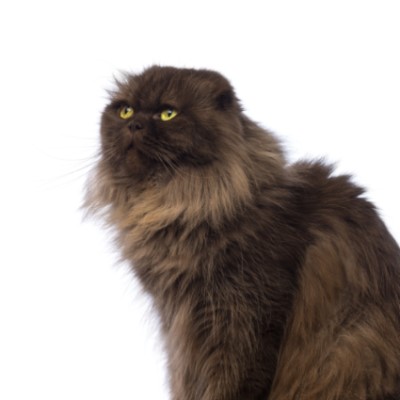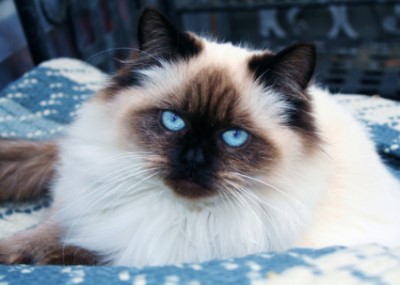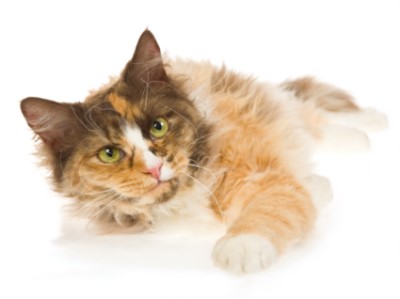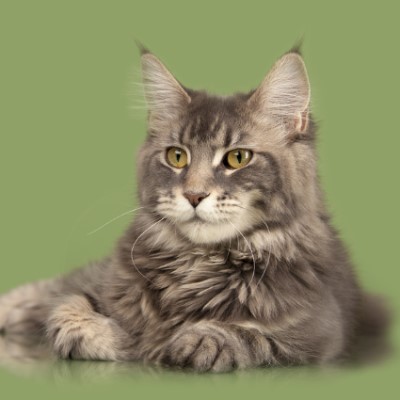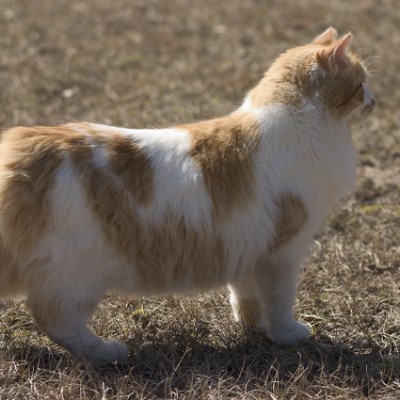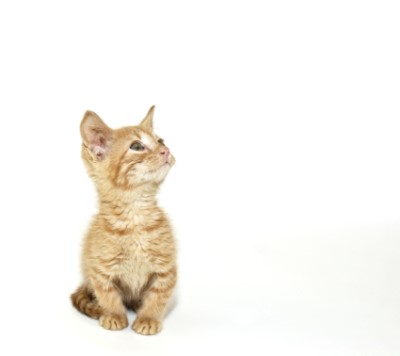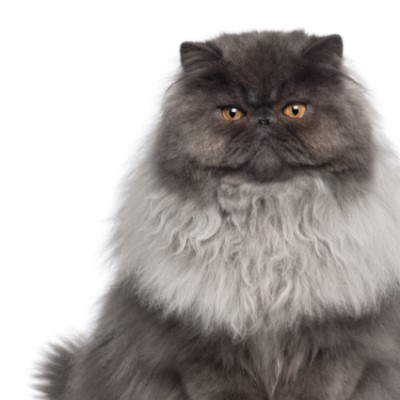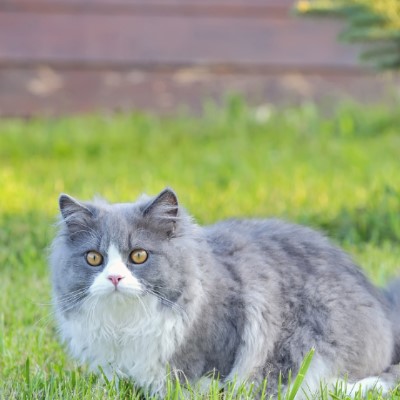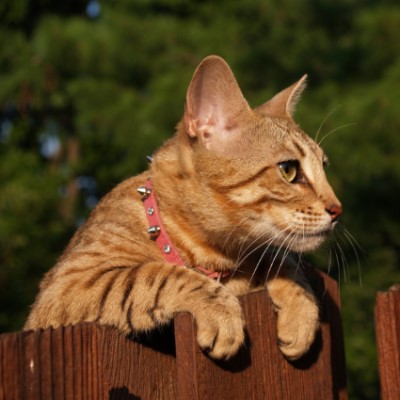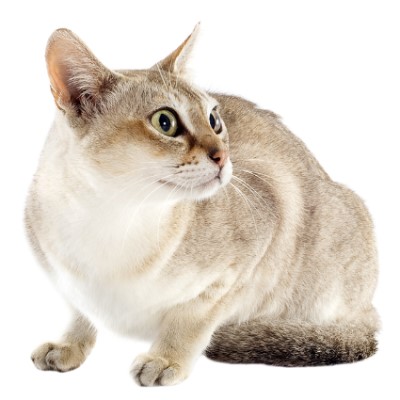Common Reasons for Surrender
Generally, European Burmese are surrendered through no fault of their own. Rather, their families go through a major life change—such as a job loss, the loss of a home, a new baby, or a move—and they simply can no longer keep their cat.
Pros
The European Burmese will flop onto his back for belly rubs with everyone he meets. He’s never met a stranger and is extremely friendly. A true family cat, the European Burmese wants and needs to be with his humans. Don’t be surprised if every time your door bell rings or there’s a knock at the door, your European Burmese comes running to greet the guest. Unlike some breeds, European Burmese cats quickly adjust to new environments and do not display the aloofness common with some cats.
Cons
Most European Burmese are completely content to lie in their human’s lap and sleep next to them in bed. They require a lot of attention, which not everyone likes. A short-haired breed, the European Burmese still contains dander and will likely trigger those with allergies.
Diet
Because they are carnivores, cats must have a diet rich in meat. Opt for a high quality cat food that you can purchase at the pet store or at your veterinarian’s office rather than buying from the grocery store. European Burmese typically like dehydrated beef, chicken, and salmon for treats. However, talk with your veterinarian about what treat is best for your cat. Always ensure your European Burmese has access to fresh water, especially when giving him dehydrated treats.
Exercise
Your European Burmese will exercise on her own. Still, schedule at least an hour each day playing with your cat to help her get the mental and physical stimulation she needs.
Possible Health Issues
European Burmese have some Siamese lines in their heritage, which makes them susceptible to diabetes and gum disease. Some may also be prone to heart problems.
Litter
Some cats are picky when it comes to litter while others don’t care what they use. Your best bet is digestible, clumping litter that is environmentally-friendly, controls odor, and is easy to clean. Newspaper-based Yesterday’s News and pine wood stove pellets are two popular, safe alternatives to traditional cat litter.
Grooming
A short haired breed, the European Burmese requires little grooming and does not need a professional groomer. Brush your cat daily with a rubber brush. Wiping her down with a warm, damp cloth each day and ensuring her diet includes Omega 3 will help to further reduce the dander.
Training
You might not be able to teach an old dog new tricks, but you can teach the European Burmese cat tricks no matter what his age. Because they love attention, European Burmese typically pick up tricks quickly, especially if you clicker train. Some have learned how to sit, lie, come, high five, and roll over on command.
Entertainment
Consider hiding your European Burmese’s toys before you go to bed, or she might just drop them in front of you in the middle of the night, expecting to play. Most enjoy playing fetch with a ball or even a toy mouse and wands with feathers. Perhaps most important, your cat just wants to spend time with you.
We want to thank Mayonaka Cattery for help with this profile.


